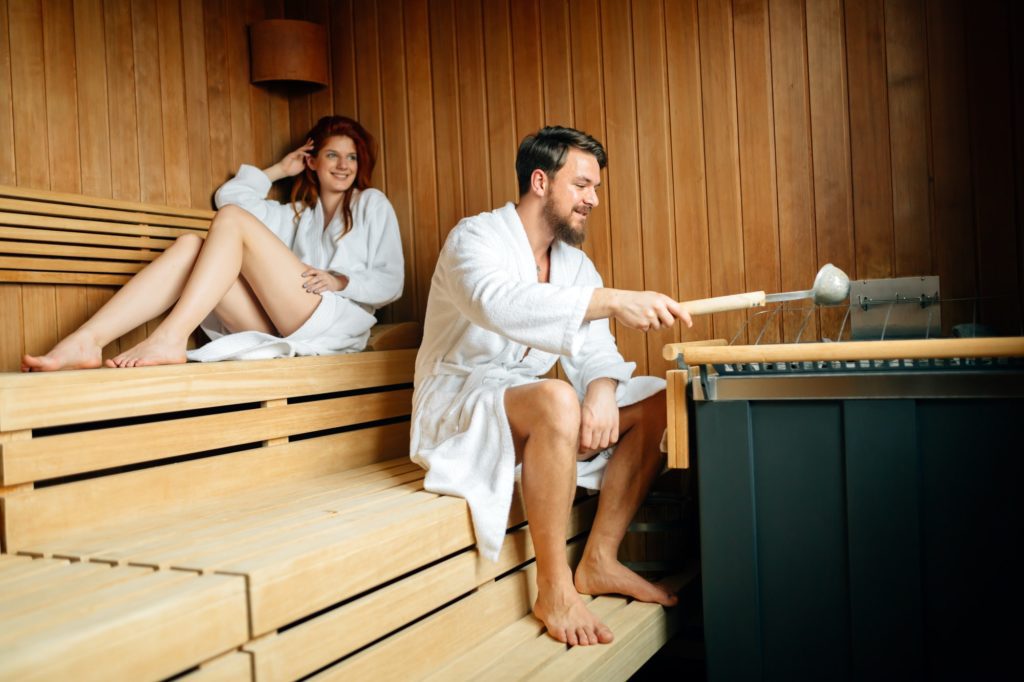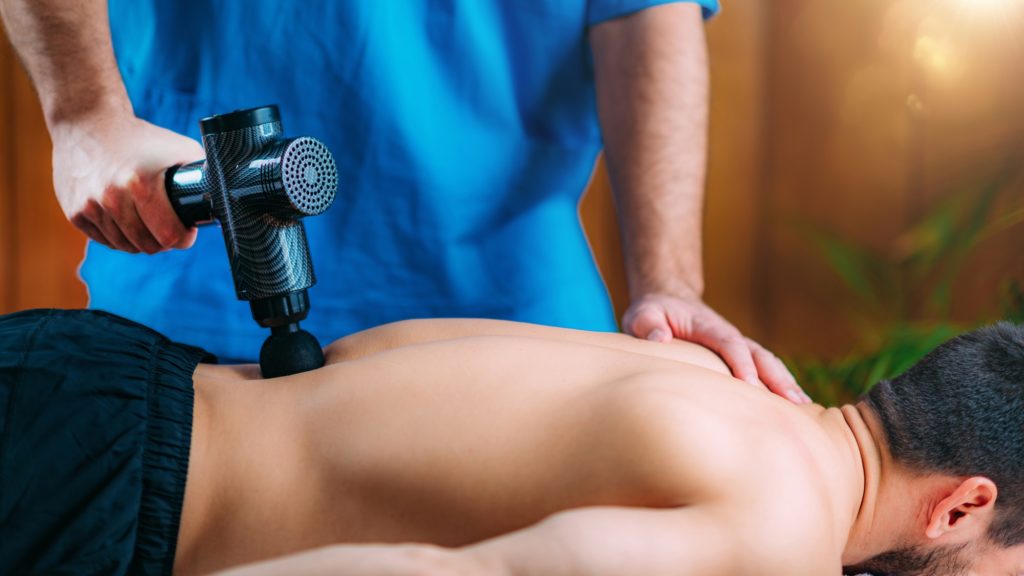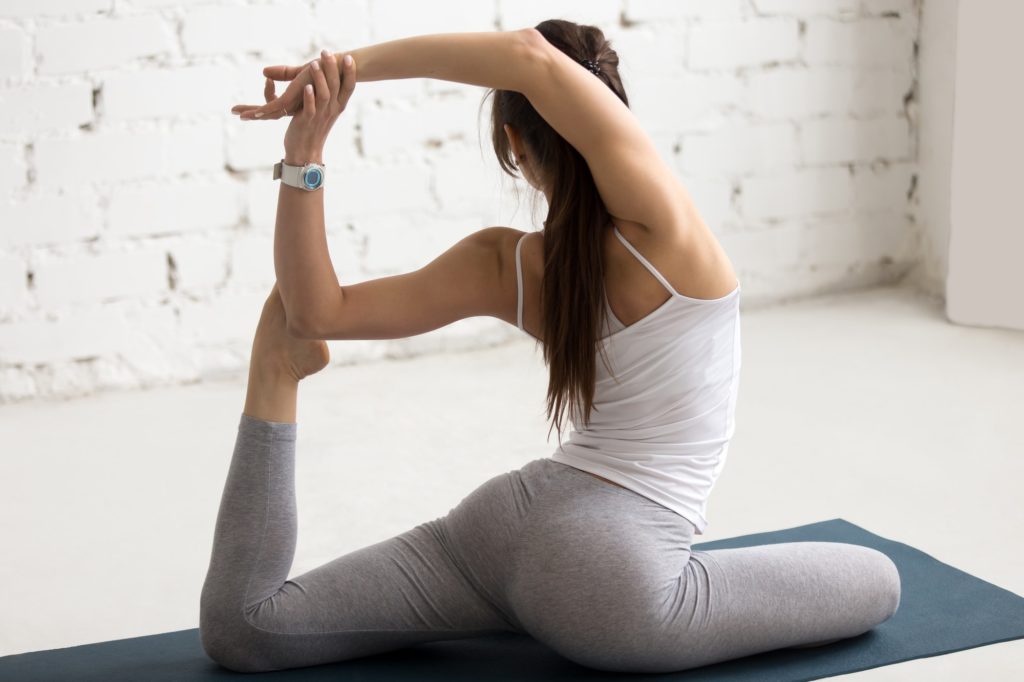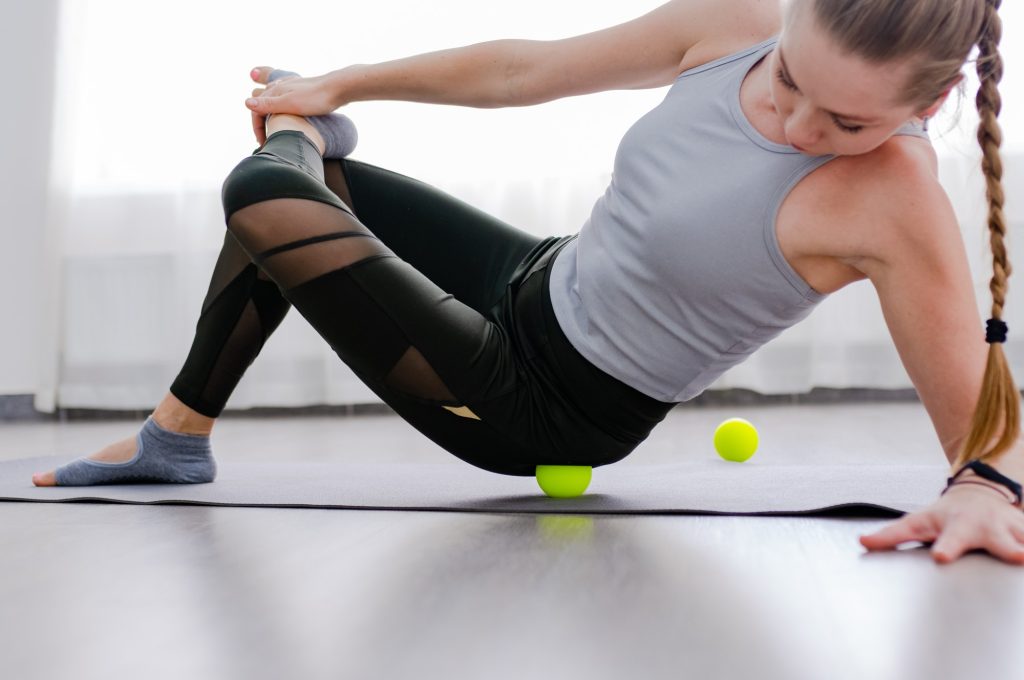As you might already know, a faster and better recovery allows you to amp up your performance, getting you that much closer to your body and fitness goals and decreasing your risk of injury. CrossFit recovery tools can help you do all of this, reducing muscle soreness, enhancing blood flow, and basically helping you bounce back faster post-workout.
In fact, most CrossFit athletes aren’t exactly strangers to the dreaded DOMS, also known as delayed-onset muscle soreness. CrossFitters often beat their bodies up a bit during workouts simply due to the high-intensity nature of this sport. This means that recovery is even more important. After all, your body needs balance. So, let’s explore some common CrossFit recovery tools, helping you achieve your full potential when it comes to your fitness and performance.
What are CrossFit Recovery Tools & Techniques?
CrossFit recovery tools and techniques involve a series of products and processes that help your muscles flush out lactic acid and fully recover after a workout. For the best recovery, you want to use a variety of techniques before and after your exercise session so that you can not only feel good the next day but also avoid injuries or pain.
From massage guns and ice baths to foam rollers and supplements, recovery tools and techniques come in all shapes and forms.
Yet, it’s important to note here that recovery isn’t just about using certain tools. In fact, your lifestyle also plays a part, including your nutrition and habits.
For instance, if you were to lounge on the couch the day after training as opposed to walking for active recovery, you might notice decreased range of motion, stiffness, and generally, a slower recovery time.
So, let’s dig into this a bit more. When should you use certain CrossFit recovery tools and techniques? Why should you use each one? Let’s take a closer look.

When Should You Use CrossFit Recovery Tools?
The ultimate goal is muscle recovery. However, how you recover all starts with your warm up. For example, you would never jump into heavy deadlifts without first warming up your hamstrings and glutes. If you were to avoid this essential step, you’re basically setting yourself up for injury or muscle soreness after-the-fact.
Thus, CrossFit recovery tools and techniques should be used before and after a training session or your CrossFit workouts. Typically, active movements or techniques are best pre-workout. Meanwhile, more static or passive movements or techniques can be used post-workout. So, what do you need? And how do you use each technique or tool?
What is Needed For It?
The equipment required to combat muscle soreness and alleviate discomforts in the muscle tissue really varies. Some examples include:
- Sauna
- Red Light Therapy
- Massage Guns
- Foam Roller
- Lacrosse Balls
- Floss Bands
- Yoga Mats
- And more!
The type you choose varies because it might depend on what works for you and your body or what is actually available to you. For example, massage therapy is an expense that costs much more than foam rolling. Additionally, your gym may or may not have a sauna you can use.
The equipment needed is also not limited to the above list. There are a variety of different self-myofascial release tools, helping you achieve similar effects.
How to Do Use Common CrossFit Recovery Tools
After (and before) a hard workout, these techniques and tools can help you recover optimally and thwart injury. In fact, all lifters should have some kind of recovery plan in place (if not before a workout, you should have one for afterwards and the days following your training sessions).
Now, without further delay, here is how you can utilize some of the most common CrossFit recovery tools and techniques.
Lacrosse Ball & Foam Roller
These two entities offer an easy way to perform trigger point therapy, which helps improve range of motion and eliminate muscle tension. This type of myofascial release involves using a lacrosse ball (or a massage ball) or a foam roller and pressing your bodyweight into the device to gain relief.
With a foam roller, you place the tool perpendicular to your body and roll back and forth while applying moderate pressure for about one minute. Similar is performed on a lacrosse ball. However, a lacrosse ball can target more deep areas, such as the glutes or thighs.
At the same time, you don’t want to overdo it with foam rolling. Ensure you only focus on one muscle group for a minute or two (and no more!).
Theragun
A theragun is a type of massage gun, which can provide a simple go-to for alleviating muscle soreness and tightness. Most guns offer varying massage speeds, as well as different massage gun heads for different parts of the body.
Usually, you use it on a tight spot or trigger point for about 15 seconds, doing a full sweep of one muscle group or area in a minute or two.

Floss Bands
A floss band involves wrapping of a band, such as the Voodoo Floss, around the sore muscle or joint, using about 50% tension. You want to ensure you wrap it starting at the closest point to your body, gradually moving away from your midline or center.
Once wrapped, you can stretch the muscle, leaving the floss on for about a minute or two. So, how does this work? Basically, floss bands work by resetting the nervous system and improving the gliding of tissues near a joint. In turn, you experience less muscle stiffness, soreness, or tension.
Ice Therapy
At CrossFit games or even the Olympics, you’ve likely seen athletes talk about or use ice therapy. Now, there are many ways to use this. Ice packs can help to an extent by applying it to the sore area for 15-20 minutes at a time. Meanwhile, ice baths can also help accelerate recovery.
Ice offers an effective recovery tool by constricting blood flow to the area, which helps reduce pain or swelling (which plays a critical role in soreness 24-48 hours after a workout).
Massage Therapy
Finding a good massage therapist can help you maintain good wellness and body function throughout your life. This one isn’t just about recovery. It can also help lower general stress, ensuring you lead a balanced and healthy life.
Usually, massage therapy for recovery can be beneficial twice a week. Some studies even claim that it’s most beneficial when used about two hours post-exercise.
Sauna
Infrared saunas can help with muscle recovery by enhancing blood circulation and alleviating muscle tension. Usually, you want to spend no more and no less than 20 minutes in this type of sauna after your workout.
Stretching/Yoga
Static stretching is important post-workout to elongate any muscles that have been shortened via contractions. For example, if you performed squats, you activated your quads, hamstrings, glutes, and calves. Thus, you should perform post-workout static stretches for these muscles, holding each for about 30 seconds.
Prior to your workout session, you can also perform dynamic stretching, such as lunges, arm circles, squats, and more as part of your warm-up.
On rest days, including active recovery techniques, such as Yin Yoga, can help your body recover better, stretching out any muscle adhesions, knots, or tightness.

Programming (How to Add It to Your Workout, Life, Routine)
As previously mentioned, adding these entities to your workout or routine may depend on your access, financial situation, and time allowance. If you don’t have any recovery routine, it’s probably a good idea to include at least general stretches and one of the above CrossFit recovery tools or techniques. In fact, this could save you time down the road since injury recovery takes up much more time and energy than it would to simply utilize the above tools or techniques.
A word of caution: If you have a recent injury, you need to take extra care when performing myofascial release techniques. You never want to apply pressure, such as a foam roller, massage gun, or lacrosse ball, directly on your injured area. This can actually make things worse, leading to longer recovery times.
If you have an injury or limitation, it might be best to discuss your options with your physical therapist or doctor first, ensuring you’re doing what’s best for you.
Did You Know?
Did you know that recovery isn’t just about what you do but also about what you eat? It’s recommended to consume at least 10 to 20 grams of protein within one hour after your workout for optimal muscle synthesis and recovery!
Recovery is Just As Important As Your Workout!
Rest is where the magic happens. Uncover what CrossFit recovery tools make sense for you and your routine. Some individuals might find they prefer a foam roller over a lacrosse ball. Meanwhile, others might simply prefer to stretch it out. While a combination is often best, everyone’s body is different. Find what works for yours and stick with it to enhance your performance and thwart injury or pain.

